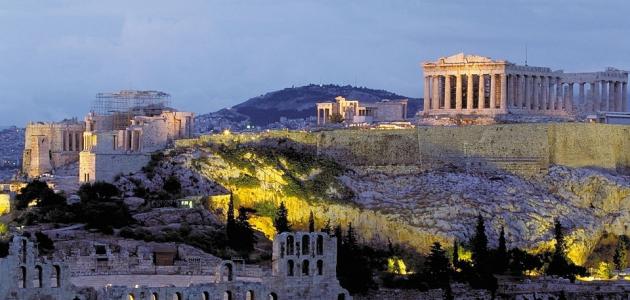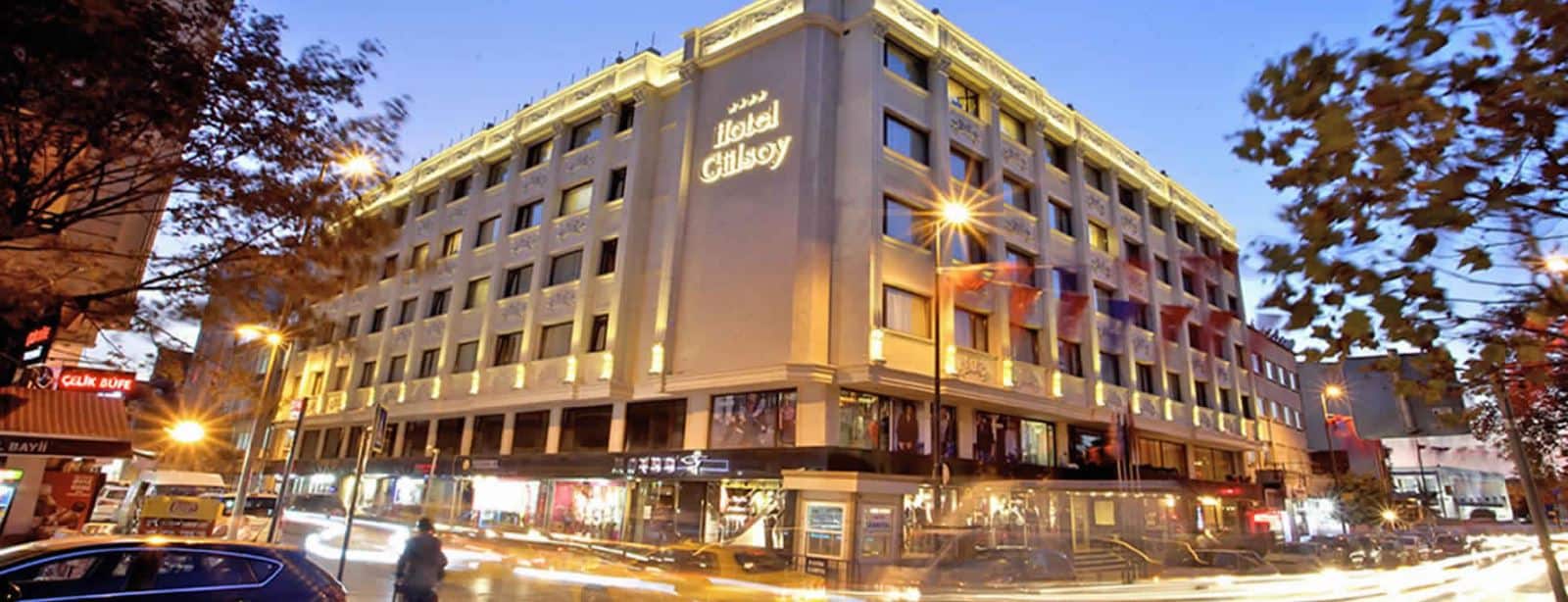Table of Contents
Taj Mahal
The Taj Mahal or the Crown of the Palaces as it is known in Hindi is one of the most important buildings that represented Islamic art during the rule of the Mughal kings of India. One of the most important Islamic buildings in the world, and in 1983 the shrine became a UNESCO World Heritage Site.
Location and construction
Location and construction:
- The Taj Mahal is located in the state of India in the state of Uttar Pradesh, which means the northern province of India, and in the city of Hate the shrine was built by order of the Mughal Emperor Shah Jahan.
- The construction of the Taj Mahal mausoleum is the summit of the blending of Islamic art between Persian, Indian and Turkish architecture, where the building consists of an entrance topped by a large exquisite dome decorated with the highest flower-like lotus to give an indication of height, and the height of that dome is estimated to be thirty-five meters, surrounded by four similar small domes The main dome has a form and design, and minarets around the shrine were constructed forty meters high, designed to be called to actually pray.
- The Taj Mahal is decorated with Indian architectural decorations made of pure gold, but in the nineteenth century during the period of British occuAl Bahahn it was replaced by a copy of bronze plated with gold 22.
- In front of the shrine, a garden of about three hundred square meters called the Mughal Garden was established. The corridors divide that garden into sixteen kindergartens, an agricultural basin, and a marble water tank in the middle of the garden, and a pond reflecting the image of the shrine.
Taj Mahal safety threats
Taj Mahal safety threats:
- Some cracks appeared in parts of the shrine in 2010, along with some inclination in the minarets surrounding it, and the lack of water in the Yamuna River increased the concerns about the safety of the grave to increase the rate of drought to five feet per year, which led to a rotting in the wooden foundations of the graves. .
- The Indian government has taken several measures to ensure the safety of the Taj Mahal, including preventing the establishment of facilities that emit polluting emissions or passing vehicles within the range of ten thousand and four hundred square kilometers around the shrine, and the Supreme Court of India has opposed the establishment of an oil refinery on the Yamuna River due to the risks of acid rain.
- In periods of wars, especially the Indo-Pak wars, the Indian armed forces established bridges and strategic exercises to protect the shrine from air attacks.
- Despite the precautions and measures being taken by the Indian government, the shrine is at risk of collapse due to increased thermal emissions, dry soil and surrounding pollution.








